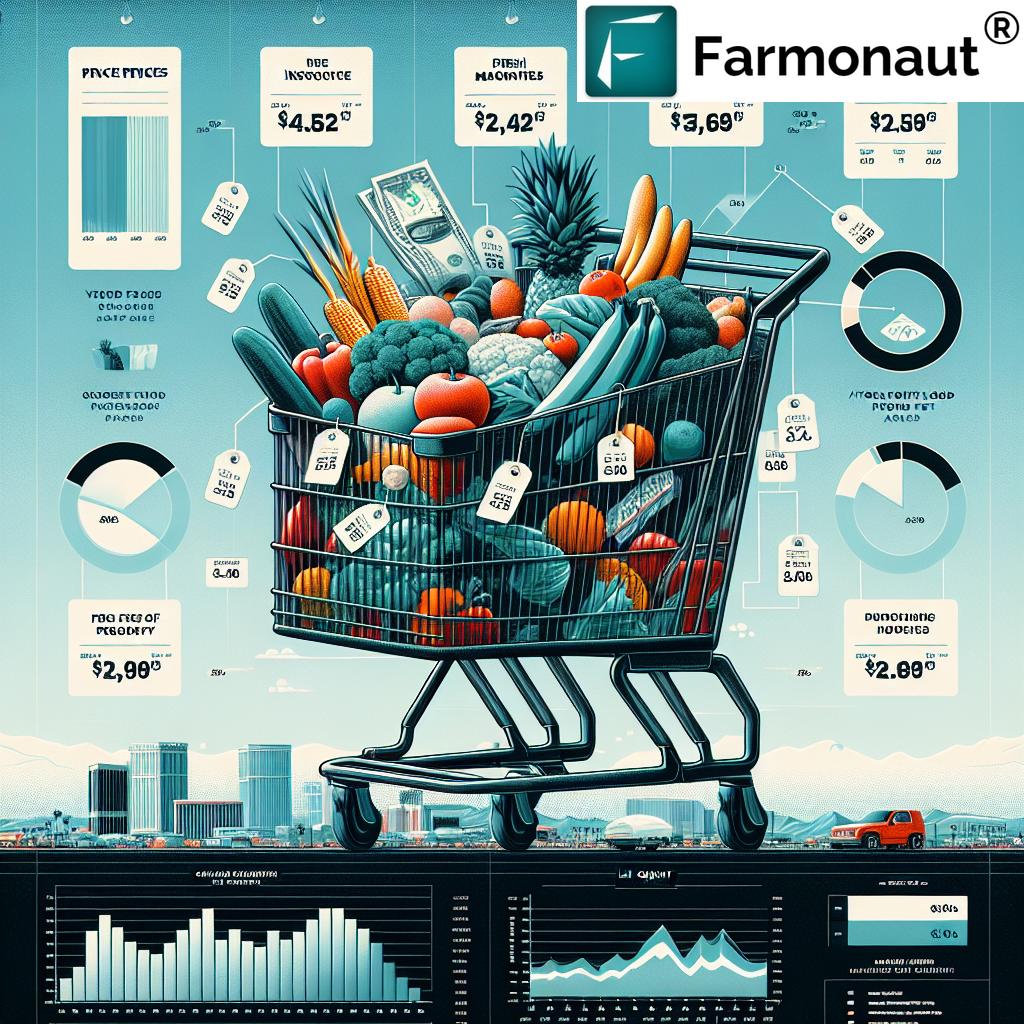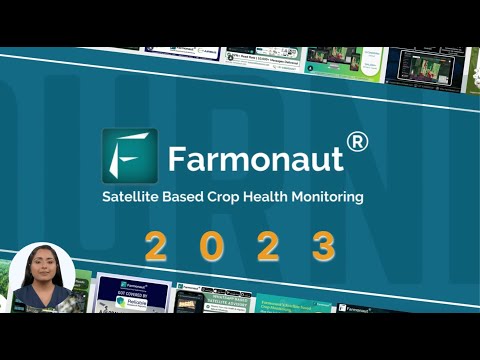Las Vegas Food Deserts: The Growing Crisis of Affordable Fresh Food Access and Rising Grocery Costs
“In Clark County, food deserts affect thousands, with some areas having no grocery stores within a 1-mile radius.”
In the vibrant city of Las Vegas, known for its glittering lights and world-class entertainment, a growing crisis lurks beneath the surface. Food deserts, areas with limited access to affordable and nutritious food, are expanding, while rising grocery costs are putting a strain on households across Clark County. As we delve into this pressing issue, we’ll explore the challenges faced by independent grocers, the impact on food insecurity, and the broader economic implications for our community.
Understanding Food Deserts in Las Vegas
Food deserts are not unique to Las Vegas, but their prevalence in our city is cause for concern. These areas, typically found in low-income neighborhoods, lack access to full-service grocery stores and fresh produce markets. As a result, residents often rely on convenience stores and fast-food outlets for their dietary needs, leading to poor nutrition and associated health problems.
To better understand the scope of this issue, let’s examine a table that illustrates the impact of food deserts across different Las Vegas neighborhoods:
| Neighborhood/ZIP Code | Population | Distance to Nearest Full-Service Grocery Store (miles) | Average Household Income | Percentage of Population Below Poverty Line | Fresh Produce Availability Score (1-10) | Average Price of Common Grocery Items |
|---|---|---|---|---|---|---|
| Westside (89106) | 30,000 | 2.5 | $35,000 | 28% | 3 | $120 |
| North Las Vegas (89030) | 45,000 | 1.8 | $40,000 | 25% | 4 | $115 |
| Downtown (89101) | 50,000 | 1.2 | $38,000 | 30% | 3 | $125 |
| Summerlin (89144) | 35,000 | 0.5 | $85,000 | 8% | 8 | $95 |
| Henderson (89011) | 40,000 | 0.8 | $70,000 | 12% | 7 | $100 |
This table clearly illustrates the disparities in food access across Las Vegas. Areas with lower average household incomes tend to have fewer grocery stores, lower fresh produce availability, and higher prices for common grocery items. This correlation between income levels and food access is a key factor in the perpetuation of food deserts.
The Struggle of Independent Grocers
“Independent grocers in Las Vegas operate on razor-thin profit margins, often less than 1% of total sales.”
At the heart of this crisis are the independent grocers who struggle to keep their doors open in underserved areas. Mario Berlanga, owner of Mario’s Westside Market, has been a fixture in the Las Vegas community for nearly three decades. His experience sheds light on the challenges faced by small grocery stores in a competitive market dominated by large chains.
“It’s ten times harder on the independent grocer,” Berlanga explains. “We get leftovers. The big companies that order truckloads get the better price and they get the availability… us independents can only get what’s left over and the prices are higher.”
This disparity in purchasing power creates a vicious cycle. Independent grocers, unable to secure the same discounts as larger chains, are forced to charge higher prices to stay afloat. These higher prices, in turn, make it even more difficult for low-income residents to afford nutritious food, exacerbating the food desert problem.
The Economics of Grocery Stores in Food Deserts
To understand why food deserts persist, we need to examine the economics of running a grocery store in these areas. Dr. Ian McDonough, chair of UNLV’s Economics Department, offers insight into the slim profit margins that characterize the grocery industry.
“It’s going to come down to the margins right… groceries in general. I’m sure Mario would tell you these are not massive margins they are working with. His importers are also not working with massive margins,” McDonough explains.
These tight margins make it challenging for grocers to invest in expansion or improvements, particularly in areas with lower purchasing power. The result is a self-perpetuating cycle where lack of investment leads to fewer stores, which in turn reduces competition and keeps prices high.
The Impact of Rising Food Costs
The challenges faced by independent grocers are compounded by the recent surge in food prices nationwide. This increase is due to a complex interplay of factors, including:
- Supply chain disruptions
- Changes in agricultural policies
- Shifting trade agreements
- Increased transportation costs
For consumers, these rising costs translate directly into higher grocery bills. A local shopper we interviewed shared, “You have noticed a few different things going up. Yes, I have noticed. I just talk to God about it and tell him to let me make it through. I can only live one day at a time.”
This sentiment reflects the struggle many Las Vegas residents face as they try to balance their budgets while maintaining a healthy diet.
Food Insecurity in Clark County
The combination of food deserts and rising grocery costs has led to a significant increase in food insecurity across Clark County. Dr. McDonough, who studies food insecurity, expresses concern about this trend:
“Clark County has a fifteen percent food insecurity rate and households are already facing tough tradeoffs. So, higher prices at the grocery store will only exasperate this problem. That is a genuine concern for me.”
Food insecurity is not just about hunger; it’s about consistent access to nutritious food. When families are forced to choose between paying rent and buying fresh produce, the long-term health consequences can be severe.
The Role of Food Banks and Government Assistance
In response to growing food insecurity, food banks across Las Vegas have been working tirelessly to fill the gap. However, these organizations are facing their own set of challenges. Recent changes in government policies have led to significant funding shortages for food banks nationwide.
The Department of Agriculture’s decision to halt $500 million in food deliveries has put additional pressure on these vital community resources. As a result, food banks are struggling to meet the increasing demand for assistance, particularly in areas identified as food deserts.
Innovative Solutions to Combat Food Deserts
While the challenges are significant, there are innovative solutions being developed to address food deserts and improve access to fresh, affordable food. One such solution comes from the agricultural technology sector, where companies like Farmonaut are leveraging satellite technology and artificial intelligence to improve crop yields and reduce food costs.
Farmonaut’s crop plantation and forest advisory services offer valuable insights that can help farmers optimize their production, potentially leading to more affordable produce in urban markets. By using satellite imagery and AI-driven analytics, farmers can make data-informed decisions about planting, irrigation, and pest management, ultimately increasing yield and quality while reducing costs.
Additionally, Farmonaut’s traceability solutions could play a crucial role in improving supply chain efficiency. By providing transparency from farm to table, these solutions can help reduce waste and potentially lower costs for both retailers and consumers.
Community-Based Initiatives
Local communities are also taking action to combat food deserts. Some initiatives include:
- Community gardens in vacant lots
- Mobile farmers’ markets that bring fresh produce to underserved areas
- Educational programs on nutrition and home gardening
- Partnerships between schools and local farms to provide fresh produce in school meals
These grassroots efforts are making a difference, but they require ongoing support and resources to sustain their impact.
The Role of Policy in Addressing Food Deserts
Policy changes at both the local and national levels can play a significant role in addressing food deserts and rising grocery costs. Some potential policy solutions include:
- Tax incentives for grocery stores that open in underserved areas
- Zoning changes to encourage urban agriculture
- Increased funding for SNAP (Supplemental Nutrition Assistance Program) benefits
- Grants for small businesses to improve access to fresh food in food deserts
These policy changes could create a more supportive environment for both independent grocers and the communities they serve.
The Future of Food Access in Las Vegas
As we look to the future, it’s clear that addressing food deserts and rising grocery costs will require a multifaceted approach. From supporting independent grocers to leveraging technology and implementing policy changes, there are many avenues for improvement.
One promising area is the integration of technology in agriculture and supply chain management. Farmonaut’s fleet management solutions, for example, could help optimize the distribution of fresh produce to urban areas, potentially reducing costs and improving access.
Moreover, innovative financing solutions like Farmonaut’s crop loan and insurance services could provide much-needed support to farmers, potentially leading to more stable food prices in the long run.
The Importance of Community Engagement
Addressing food deserts and rising grocery costs is not just a matter of policy or technology; it requires active community engagement. By raising awareness about these issues and encouraging community-led initiatives, we can create a more resilient and equitable food system in Las Vegas.
Some ways community members can get involved include:
- Supporting local farmers’ markets and independent grocers
- Volunteering at food banks and community gardens
- Advocating for policy changes to improve food access
- Participating in educational programs about nutrition and sustainable food practices
Conclusion: A Call to Action
The crisis of food deserts and rising grocery costs in Las Vegas is a complex issue that affects us all. From independent grocers struggling to keep their doors open to families making difficult choices about their food budgets, the impacts are far-reaching and profound.
However, with innovative solutions, community engagement, and supportive policies, we can work towards a future where all Las Vegas residents have access to affordable, nutritious food. It will take a collective effort, but the health and well-being of our community depend on it.
As we move forward, let’s keep the conversation going and take action to create a more equitable food landscape in Las Vegas. Together, we can turn food deserts into oases of health and prosperity.
FAQ Section
Q: What exactly is a food desert?
A: A food desert is an area where residents have limited access to affordable, nutritious food, particularly fresh fruits and vegetables. In urban areas, this often means no full-service grocery store within a one-mile radius.
Q: How do food deserts impact community health?
A: Food deserts can lead to poor nutrition, as residents may rely on convenience stores and fast-food outlets for their meals. This can contribute to higher rates of obesity, diabetes, and other diet-related health issues.
Q: What are some solutions to combat food deserts?
A: Solutions include incentivizing grocery stores to open in underserved areas, supporting community gardens and farmers’ markets, improving public transportation to food sources, and leveraging technology to optimize food distribution.
Q: How can individuals help address the food desert problem?
A: Individuals can support local independent grocers, volunteer at food banks or community gardens, advocate for policy changes, and participate in community-supported agriculture programs.
Q: Are there any technological solutions helping to address food deserts?
A: Yes, companies like Farmonaut are using satellite technology and AI to improve crop yields and supply chain efficiency, which could potentially lead to more affordable and accessible fresh produce in urban areas.
Earn With Farmonaut: Affiliate Program
Earn 20% recurring commission with Farmonaut’s affiliate program by sharing your promo code and helping farmers save 10%. Onboard 10 Elite farmers monthly to earn a minimum of $148,000 annually—start now and grow your income!







